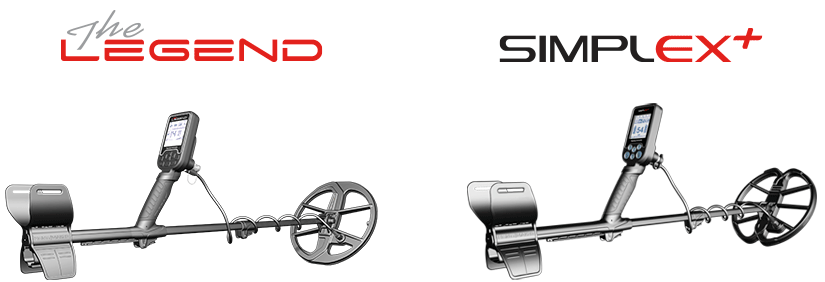indotguy said:
I was hoping someone familiar with this unit might respond to some questions I have?
I am sure as time progresses there will be many more questions from truly interested detector users to help them better understand the new Nokta Impact. Let me give your questions a try.
1. Does ground balance tracking work in all search modes?YES, tracking
CAN be used in all search modes, but it is recommended that Tracking be reserved for use in an All Metal mode and NOT in the motion-based, silent-search Discriminate modes. This is the manufacturer's recommendation for all of their Nokta FORS and Impact and Makro Racer series models.
2. Does the battery cover have to be removed to use wired headphones?NO, the battery door stays snapped shut. There is a separate ¼" headphone jack on the left side, just above the battery door, that has a rubber plug attachment for when the headphones are not in use.
3. Is the screen visible in normal light without use of the backlight?YES, the visual display is very easy-to-see in an normal lighten condition. The Backlight has 1 to 5 brightness intensities that can be momentary [size=small]
(during control adjustments, targets detection, pinpointing and Ground Balance adjustment)[/size], or you can select a C1 to C5 setting for a Constant Brightness level for searches made in very poor lighting or when night hunting. Nokta and Makro detectors have now been adjusted to '0' for NO back-light for any reason, day or night, making adjustments, etc. It is easy to change the setting if you want to hunt in a dimly lighted area or at night.
4. How accurate are coin VIDs in medium soils and at shallow/medium depths?Very Good to Excellent, in my opinion. The long-established industry term is
VDI [size=small]
(for Visual Discrimination Indicator)[/size], and when I read VID I think it is a reference to a VIDeo of some type. The VDI's, or Numeric Target ID read-outs, have been great in lower mineralized to highly mineralized environments I have hunted. I have had very good VDO / TID performance on many medium-to-deeper targets as well. The Impact has some adjustments to assist with TID depths.
5. Could switching modes and frequencies be helpful in discriminating coins with similar VIDs?YES, and I do that occasionally when I feel it a benefit. I usually use the default frequency if 14 kHz most of the time but occasionally I have good reason to opt for either 5 kHz or 20 kHz for general searching and can still make use of other frequencies for quick additional target information.
Also, it is very easy to select a different search mode, and that can provide you with one of two different TID ranges or spreads based on the mode's ferrous/non-ferrous break point.
Don't take this reply wrong. The ability to change operating frequencies or search modes is a very simple on-the-fly maneuver w/o down-time. So YES these things are possible, but I use them just now and then because the target response in the selected search mode is usually more that ample to know what type of target you are about to recover.
Monte


